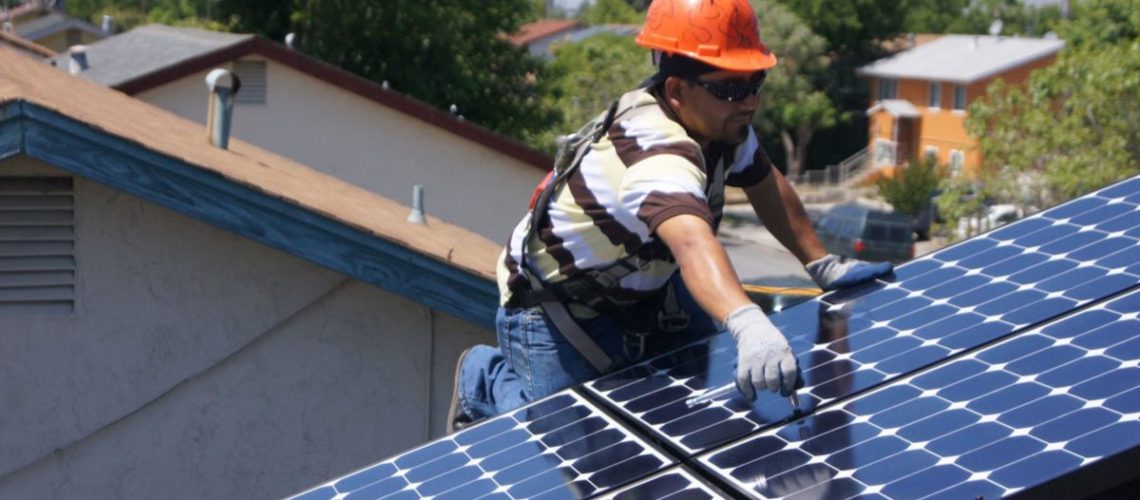Solar industry reactions to the revised NEM 3.0 proposed decision in California.
The California Public Utilities Commission (CPUC) has released its proposed decision for Net Energy Metering (NEM), implementing a net billing mechanism and slashing payments for excess solar production sent to the grid by 75%. Based on an initial analysis, the new proposed decision would cut the average export rate in California from $0.30 per kW to $0.08 per kW, making the cuts effective in April 2023.
NEM has been a critical policy in launching the California rooftop solar market, which has grown to a robust 1.3 million homes covered with panels, representing about 50% of the US residential market. It has also been instrumental in launching the state’s commercial and industrial solar market.
Under the new net metering structure, payments for excess solar production to the grid will be cut to the “avoided cost” to the utility, a minute fraction of the retail rate paid by customers for electricity supplied by the grid. CPUC said the new proposed decision will lead to an average payback of nine years for residential rooftop solar, based on an assumption of a $3.30 cost per Watt. Read the complete proposed decision here.
There is still opportunity for the proposed NEM 3.0 decision to change after the final decision. ROTH Capital Partners managing director and senior research analyst Philip Shen said his firm expects the final decision to be made on December 15, 2022. If implemented, the “sunset date,” or last date by which projects can submit to interconnection to receive the preferable NEM 2.0 rates, would land on April 15, 2022.
Reaction
“The CPUC’s new proposed decision would really hurt. It needs more work or it will replace the solar tax with a steep solar decline. An immediate 75 percent reduction of net energy metering credits does not support a growing solar market in California. If passed as is, the CPUC’s proposal would protect utility monopolies and boost their profits, while making solar less affordable and delaying the goal of 100 percent clean energy. California needs more solar power and more solar-charged batteries, not less,” said Bernadette Del Chiaro, executive director of the California Solar and Storage Association.
“Maintaining a strong distributed solar and storage market is critical to California’s clean energy future. The CPUC rightly rejected proposals to impose unprecedented grid access fees on new solar and storage customers. However, additional work is needed to ensure a more gradual transition to net billing so that all Californians, including schools, farms and low-income residents can adopt solar and storage,” said Abigail Ross Hopper, president and CEO of the Solar Energy Industries Association.
“This is a temporary, strategic retreat from the indefensible solar tax the CPUC and utilities got caught trying to impose on rooftop solar owners. Even so, by slashing the payments rooftop solar can earn from selling clean, unused energy back to the grid, going forward this proposal will significantly compromise California’s greatest clean energy success story. One look at the changes the CPUC is proposing shows that they’re on an anti-solar trajectory,” said Environmental Working Group president and California resident Ken Cook.
“At a time when California needs rooftop solar to flourish, it’s risky to cut a key incentive without having a viable alternative in place. California’s decision-makers need to make rooftop solar as affordable and accessible as possible so that every household with solar potential can realistically make the choice to go solar. While the revised proposal eliminates the solar tax and protects current solar customers, it will make transitioning to solar power more expensive. If we want to protect the environment, our climate, and our health, we must keep rooftop solar growing and continue incentivizing the growth of clean, renewable energy across California,” said Laura Deehan, Environment California state director.






